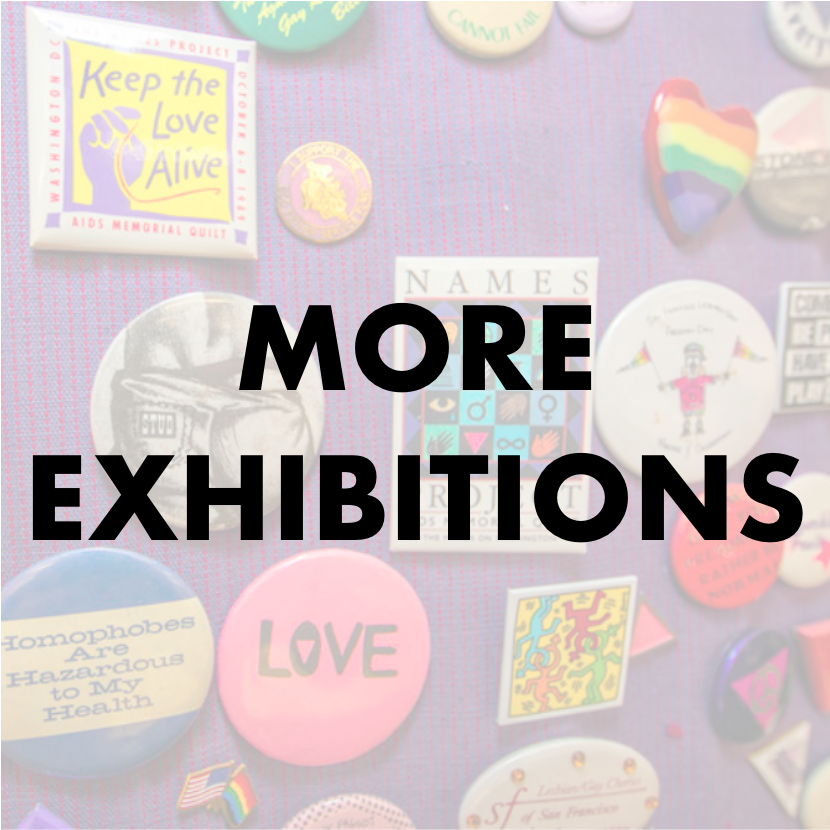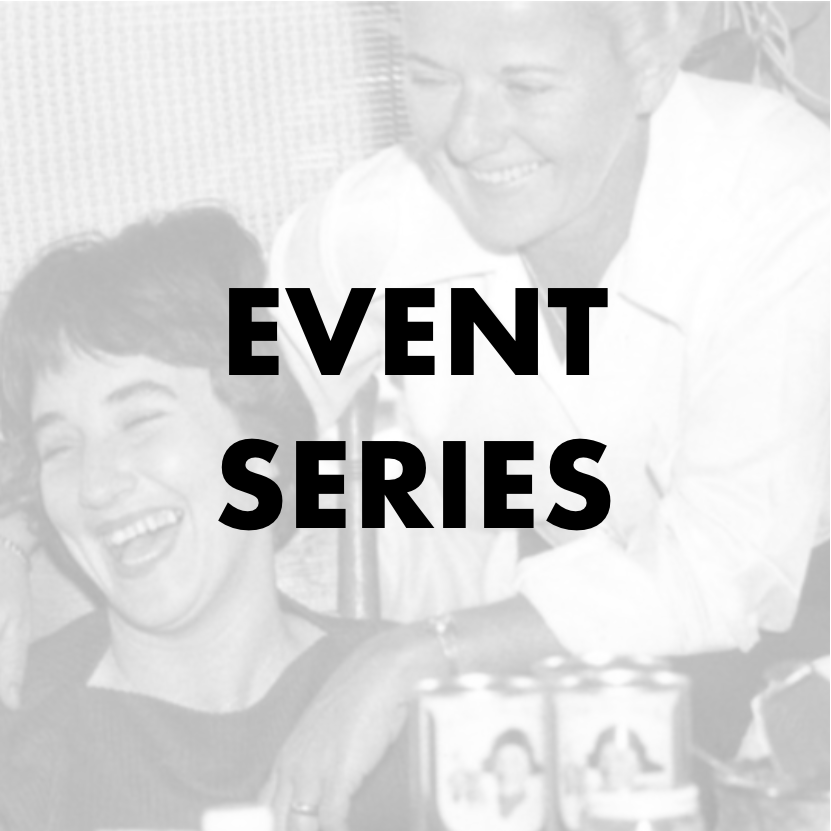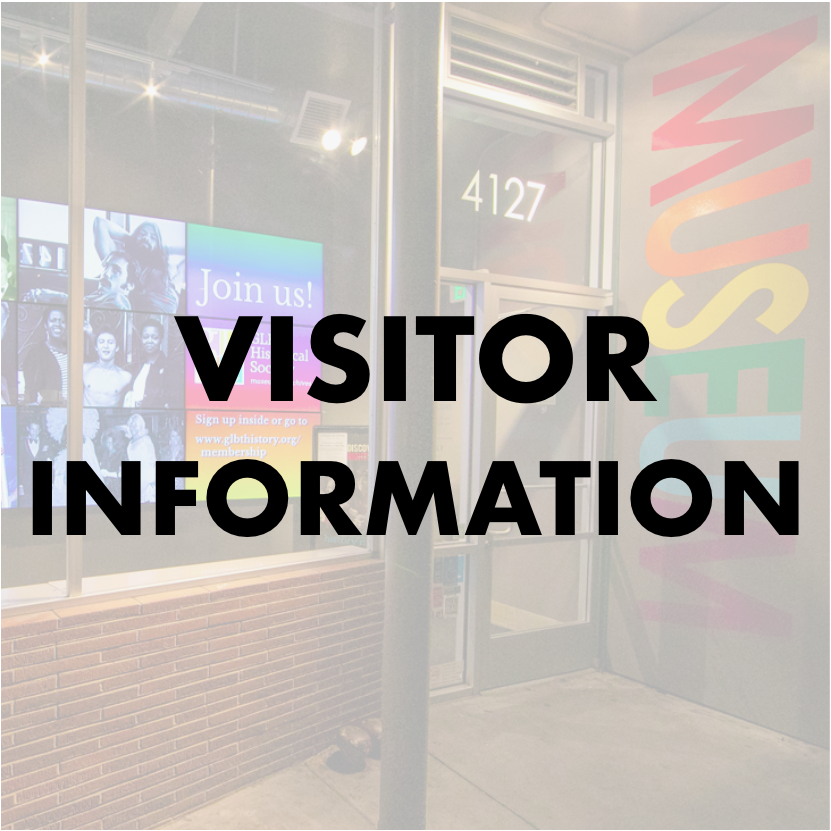Legendary: African American LGBTQ Past Meets Present was an exhibition on view at the GLBT Historical Society Museum from February to April 2013, curated by the late Byron Mason. It showcased the dynamic and diverse history of Bay Area Black LGBTQ lives, featuring a mosaic of words, images and sounds. Reflecting themes of art, belonging, justice and sexuality, this exhibition highlighted local queer community leaders and events that have left an indelible imprint on the fabric of today’s LGBTQ community.
Explore Legendary as it was told by the curator, with all quoted text provided by Mason and selected visuals from the original museum exhibition. This online display has been lightly expanded with additional images from the Society’s digital collections.
The GLBT Historical Society celebrates the life and work of Byron Mason (1972–2020), a longtime Bay Area activist, artist and social and behavioral-sciences researcher focusing on sexuality and HIV/AIDS. A quiet tour-de-force in the Black LGBTQ community, Mason was the research partnerships director at the Center for AIDS Prevention Studies (CAPS) at the University of California, San Francisco and volunteered his time to a number of organizations, including Gilead Sciences and the planning committee for the annual San Francisco Bay Area event to honor Black LGBTQ History. He was also a former member of the board of directors of the GLBT Historical Society.




















